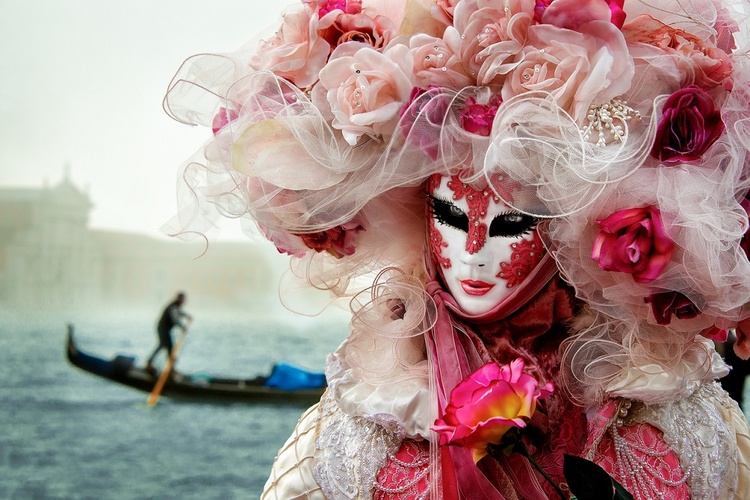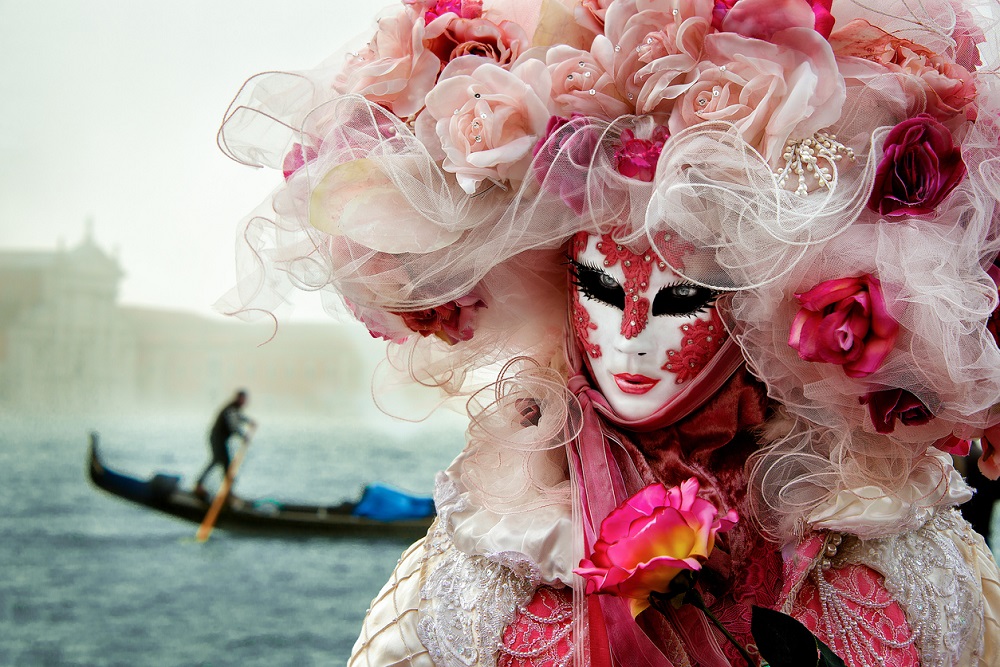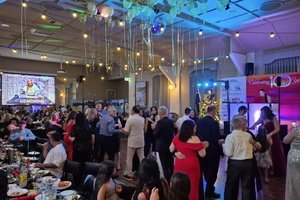As the country comes alive with vibrant colours and elaborate costumes, discover five fun facts about Italy’s Carvinal celebrations.
A time of festivities leading up to Lent
Although the origins of Carnival trace back to pagan festivities of the ancient Greeks and Romans, the event and its timing have strong links to the Catholic faith.
In Italy, Carnival marks the final festivities before 40 days of Quaresima (Lent), which begins on Ash Wednesday.
Major celebrations take place on Shrove Tuesday, known in Italian as Martedì Grasso, or Fat Tuesday – the last day when it is allowed to feast before the rigours of Lent.
Although this is referred to as the official date of Carnival, many towns and cities across Italy kick off the parties and parades weeks in advance.
A name with Latin roots
There is much debate surrounding the origins of the term “Carnevale”.
The word is said to come from the Late Latin expression carne levare, which means “remove meat” while a folk etymology derives it from carne vale, or “farewell to meat”.
In either case, this signifies the approaching fast.
This theory is linked to the fact that people indulge in copious amounts of rich food during the festive period, especially on Fat Tuesday, before restraining themselves during Lent and refraining from eating meat, particularly on Ash Wednesday and Fridays.
Today, famous specialties devoured during this time include crostoli (ribbons of light, fried pastry sweetened with icing sugar), lasagne, and sanguinaccio, a chocolate custard- or sausage-like dessert made with pig’s blood (not for the faint-hearted).
Another popular Carnival sweet is castagnole, balls of dough that are fried and rolled in sugar while still warm.
Soft on the inside and crunchy on the outside, these treats take their name from the Italian word for “chestnuts”, due to their round shape.
From Venice to Acireale
The Carnival celebrations in Venice are by far the most famous.
Carnival was first recorded in Venice in the 13th century, and the city has become famous for its elaborate festivities since.
For two weeks in the lead up to Shrove Tuesday, Venice transforms into a spanning stage for actors, dancers and musicians, who perform jaw-dropping acts before the public.
Visitors and locals dress up in elegant costumes and flaunt famous Venetian masks, which are an emblem of the city and are sold throughout the entire year.
Masquerade balls and street parties are held not only in Venice, but across the entire country, and sit at the top of to-do lists for tourists in the Belpaese during this time.
Another town famous for its Carnival celebrations is Viareggio, in northern Tuscany.
Residents of the seaside town begin their festivities five weeks before Lent, and visitors flock from all over the world to witness the parades and performances, as well as the elaborate floats or carri that roll through the streets.
While Venice and Viareggio are the most well-known locations for Carnival partying, even the smallest villages in Italy take part in the fun, from the north all the way down to Acireale in Sicily.
Anything goes at Carnival time!
There are many fun Italian sayings that are used throughout the country during the period of Carnival, some with quite curious meanings.
Here are a few of the most common Carnival sayings:
“A Carnevale ogni scherzo vale.”
Literal translation: Anything goes at Carnival time.
Meaning: During Carnival time, it is very common for people to play pranks on one another.
“A Carnevale il povero va a zappare.”
Literal translation: At Carnival time the poor man hoes.
Meaning: During Carnival, in ancient times, the poor could not afford to take time off work to celebrate.
“Carnevale al sole, Pasqua al fuoco.”
Literal translation: Carnival under the sun, Easter on fire.
Meaning: Carnival fun leads to Easter penance.
“Carnevale guarisce ogni male.”
Literal translation: Carnival cures everything.
Meaning: Carnival time is a joyous period.












